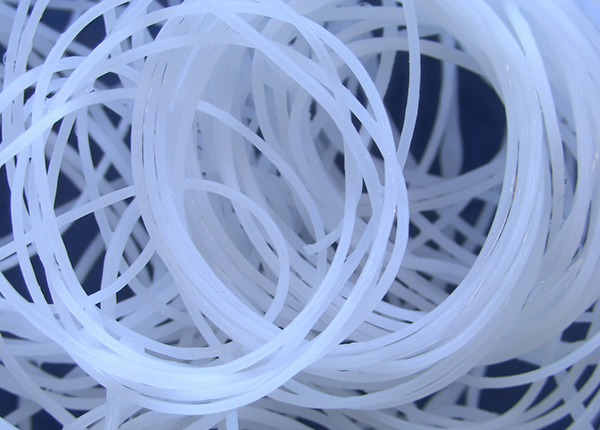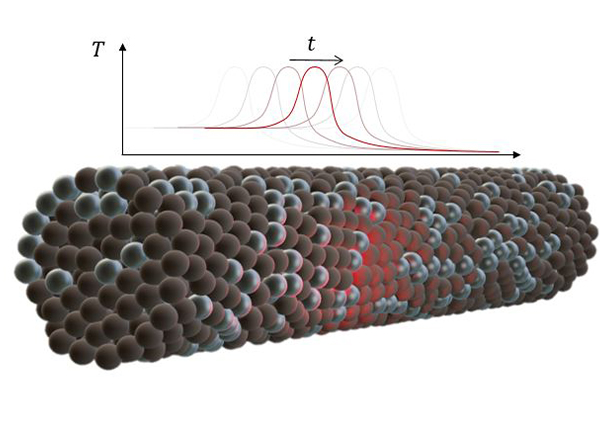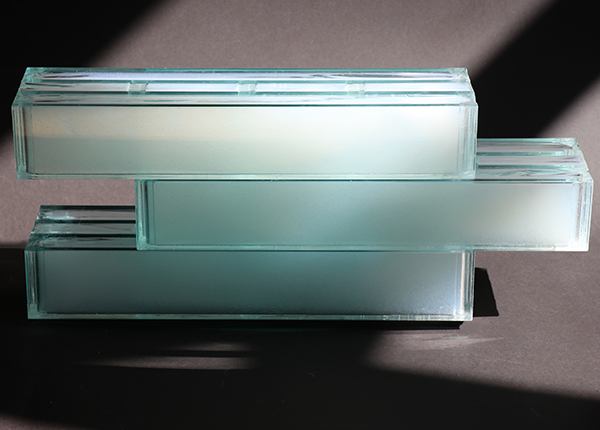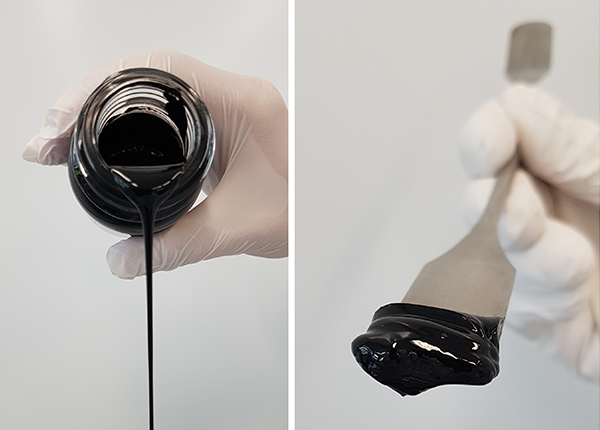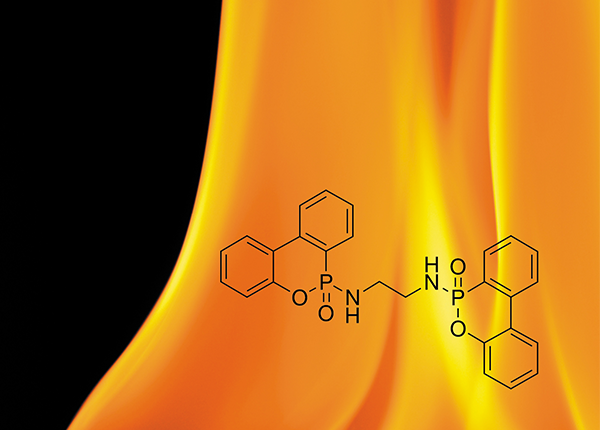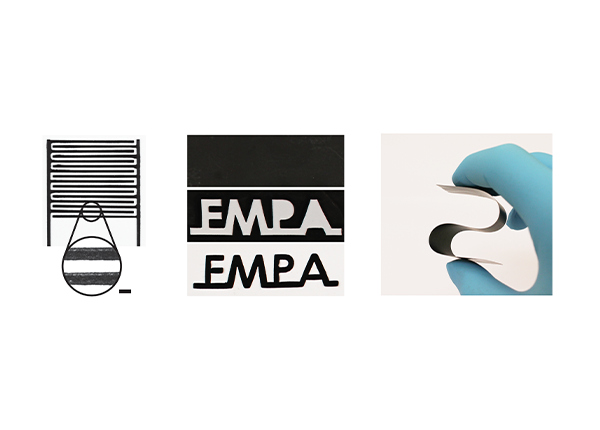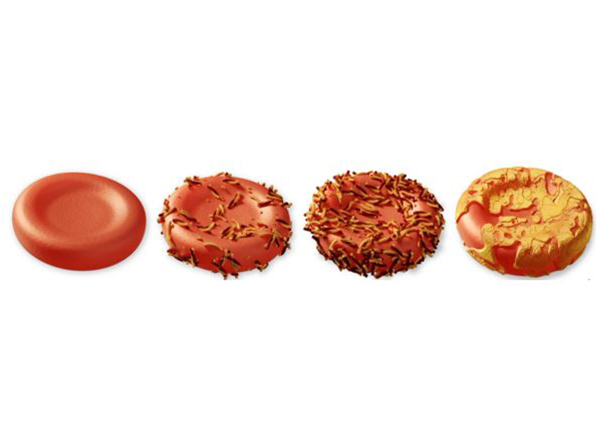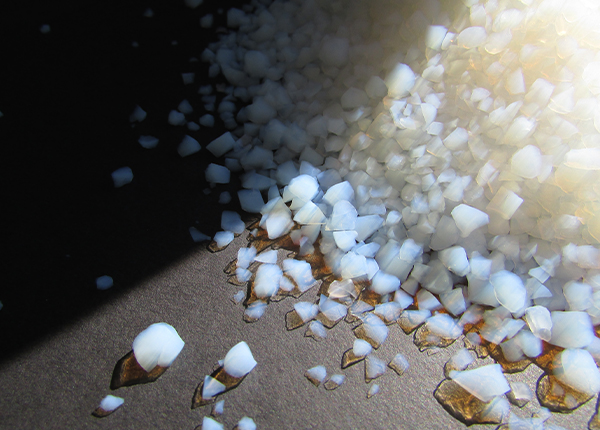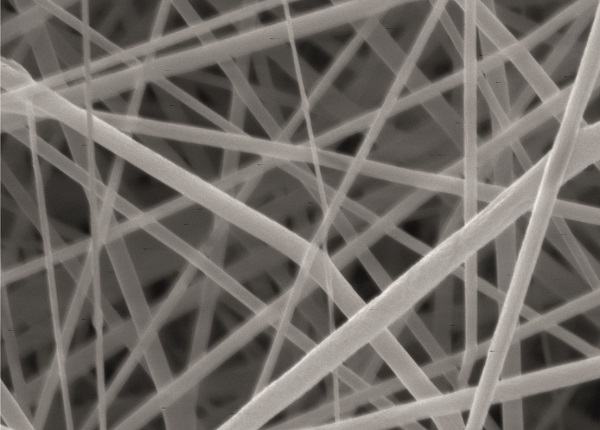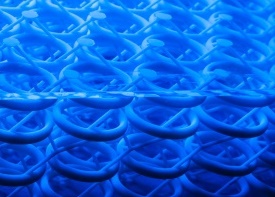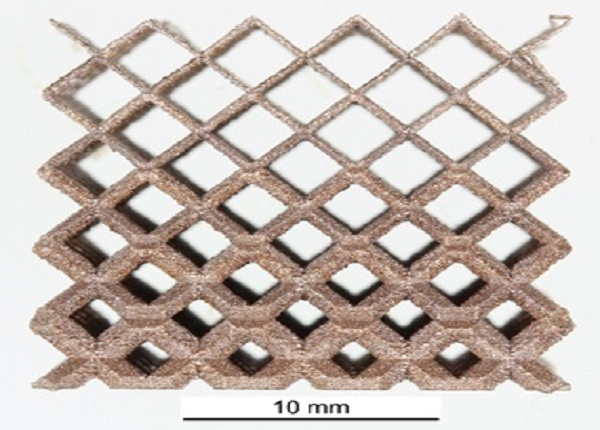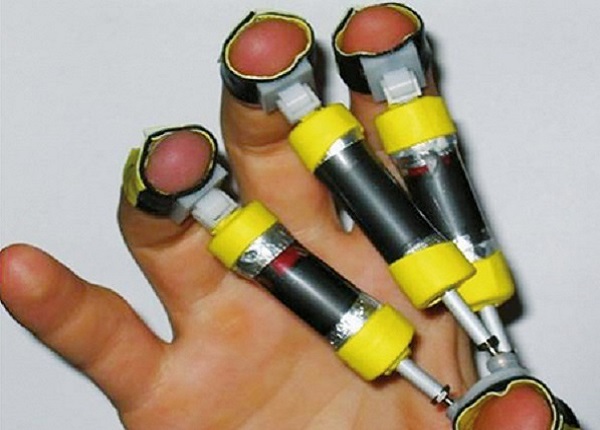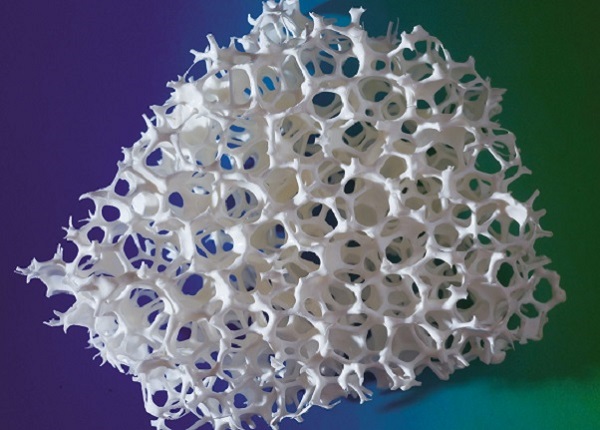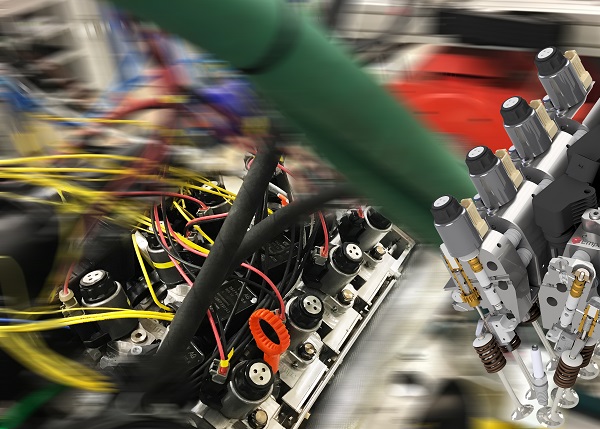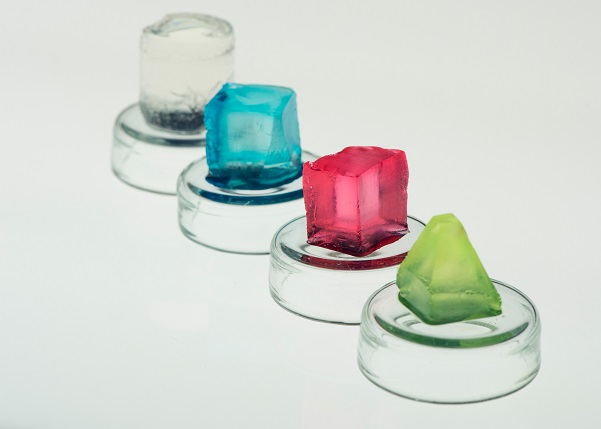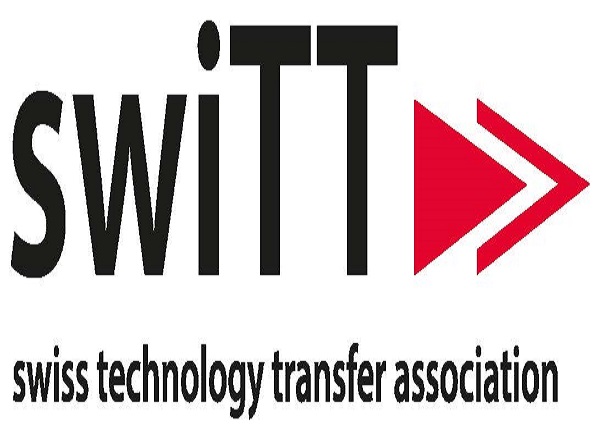Technology Offers
Protecting intellectual property is of paramount importance to Empa. As a result, we register new research results for property rights early on and offer them to interested industrial partners for commercial usage. We make this possible by developing new discoveries together and marketing them successfully as innovative products. The following patent-pending technologies offer you a taste of Empa’s extremely diverse technology portfolio. Interested in one of our technological services or working with Empa? We look forward to hearing from you! You will find some initial information on our various cooperative models online. You will find other technological services, including those offered by other Swiss research institutions, at swiTTlist (Swiss Technology Transfer Association).
Next generation manufacturing of
• highly porous polylactide fibers (PLA)
• ultrasoft siloxane resin POFs
• acrylate polymer optical fibers (POF)
• polyurethane resin fibers
• amphiphilic POFs
Applications
• bioactive medical textiles, health monitoring, radiation dosimetry
• biophysical or biochemical sensing, energy harvesting
• highly porous polylactide fibers (PLA)
• ultrasoft siloxane resin POFs
• acrylate polymer optical fibers (POF)
• polyurethane resin fibers
• amphiphilic POFs
Applications
• bioactive medical textiles, health monitoring, radiation dosimetry
• biophysical or biochemical sensing, energy harvesting
• Synthesis of natural gas grade methane (> 96% purity)
• High CO2 conversion (> 99.97% in single pass)
• Load-flexible reactors and processes (load capability below 10% of design load and fluctuating feed supply)
• Heat from catalytic reaction stored in moderator for water desorption step
• Applications in sustainable fuels, long distance hydrogen transport and storage, CO2 capturing
• High CO2 conversion (> 99.97% in single pass)
• Load-flexible reactors and processes (load capability below 10% of design load and fluctuating feed supply)
• Heat from catalytic reaction stored in moderator for water desorption step
• Applications in sustainable fuels, long distance hydrogen transport and storage, CO2 capturing
• translucent – aerogel glass composite
• load-bearing – high compressive strength (45 MPa)
• insulating – low thermal conductivity
(53 mW/m·K)
Additive-free graphene inks for printed electronics (2D) and structural elements (3D)
• highly concentrated for efficient printing
• rheology adjustable to all major printing and coating techniques,no need for post-treatment
• up-scalable and versatile technology, large choice of solvents, substrates,and 2D materials
• highly concentrated for efficient printing
• rheology adjustable to all major printing and coating techniques,no need for post-treatment
• up-scalable and versatile technology, large choice of solvents, substrates,and 2D materials
We offer novel flame retardant additives for a broad spectrum of polymers.
The compounds are patented non-toxic members of the DOPO-family.
Useful for:
• Back coatings of textiles
• Flame retardant PU foams
• Flame retardancy of plastics (bulk form, powder, etc.)
• Electronic devices and many other applications
• Flame retardant PU foams
• Flame retardancy of plastics (bulk form, powder, etc.)
• Electronic devices and many other applications
• Natural resin and carbon composite based ink
• For biodegradable electrically conductive structures
• Non-toxic, environmentally safe, cost-efficient,electronically conductive and water-stable when dried
• RoHS compliant
• For biodegradable electrically conductive structures
• Non-toxic, environmentally safe, cost-efficient,electronically conductive and water-stable when dried
• RoHS compliant
The invention relates to a method to determine morphological data of protein aggregates deposited on red blood
cells present within a blood smear with nanometer scale spatial resolution. The cell surface is scanned using an Atomic Force Microscope. The so generated images are analyzed and morphological aspects of the protein aggregates on red blood cells are determined, such as size, shape, prevalence and assembly. The orphological parameters are physical biomarkers and serve to diagnose neurodegenerative diseases in human blood under standard laboratory conditions.
A complete manufacturing concept for the fast and efficient production of silica aerogel includes minimized solvent consumption, solvent recycling without purification, and a tailorable surface chemistry and particle size distribution. Thermal conductivity and mechanical properties are on par with the highest performing industry benchmarks. The process has been implemented at the large, pre-industrial pilot scale, and the materials quality validated by market-leading end-users of silica aerogel granulate. Detailed engineering designs and cost estimates for a first production line are available.
We present auxetic fi bre networks with particular microstructure: they counter-intuitively increase their thickness on demand when stretched along a certain direction and thereby multiply their volume. The volume gain entails a change of dimensions, porosity, pore size and pore shape, all of which affect the transport properties through the network. Electrospinning can be used to produce such a network from a wide range of base materials.
Phononic crystals (PCs) address the need to attenuate sound and vibration while providing stiff and lightweight mechanical structures. Commonly used viscoelastic dampers often add substantial weight and are typically characterized by low stiffness. The PCs developed by Empa are novel in their ability to stop low frequency waves while offering a favourable combination of low density and high stiffness.
Until now, in additive manufacturing (AM), field quality control has been diligently based on temperature or high resolution imaging of the process zone. For this, various sensors such as pyrometers, photo diodes and matrix CCD detectors were involved. We propose an innovative approach for monitoring the quality of the additive manufacturing process online by means of acoustic emission (AE), detected by fiber optical sensors.
Dielectric elastomer actuators (DEA) are stretchable capacitors that consist of a thin elastomeric film sandwiched between two compliant electrodes. When a voltage is applied, an electrostatic force is acting on the film, which is compressed. Since elastomers conserve their volume upon deformation, the film is elongated perpendicular to the applied electric field. This process is reversible; the polymer relaxes back to its original form after removal of the field.
The invention addresses the application of ceramic foams as converter substrates for the after-treatment of motor vehicle exhaust gases. Such systems increase the efficiency of the catalytic converter itself, improve the evaporation and mixing of added reactants (e.g. urea) and optimize the loading and regeneration of downstream particle filters.
The invention consists of an electrohydraulic actuation method for variable lift control and individual timing for gas exchange valves of reciprocating engines. Its main advantages are a low activation energy demand as well as an intelligent hydraulic system layout. This enables the control of the valve movements by simple hydraulic elements without the need for sophisticated feedback control action.
A novel class of phosphorous-based linear and cross-linked functional polymers has been synthesized that form hydro-
gels and organogels. The facile synthesis, performed under mild conditions, uses the Michael addition reaction of phos-
phine oxide and nucleophiles of variable carbon chain length without catalysts and cross linkers. Such highly transparent gels can be fi ne-tuned to display a variety of properties, e.g. pH responsiveness, fl ame retardancy, biocompatibility.
The Swiss Technology Transfer Association is the association of technology transfer professionals who are active in the transfer of technology from institutes of public research and education, university hospitals, and other not-for-profit research organizations to the private sector. It was founded in October 2003 and has grown to include a large number of members from all of Switzerland.

